Ecommerce marketing is a complicated beast. With so many marketing channels and tactics to choose from, it can be hard to know which marketing strategies work the best for your business. An inbound marketing strategy is the most important tool for any buEcommerce marketing is a complicated beast. With so many marketing channels and tactics to choose from, it can be hard to know which marketing strategies work the best for your business. An inbound marketing strategy is the most important tool for any business to have. A marketing strategy will help you increase your sales, improve customer satisfaction, and make more money. And if you are an eCommerce business owner, marketing is even more important because it can be difficult to stand out from all of the other products on the market. In this blog post, we will talk about 13 of the most effective inbound marketing methodology that eCommerce businesses should use through their marketing mix.
What is inbound marketing?
Inbound marketing is a business methodology that focuses on attracting customers by creating valuable content and experiences tailored to them. In contrast, the traditional method of outbound marketing includes trade shows, seminar series, and cold calling (which can be very expensive). Inbound marketing has a much higher ROI than outbound, where you spend time distancing yourself from the potential client instead of building up trust through personalization in order to attract leads for your business or startup.
The main takeaway here: Focussing on customer experience allows businesses to build relationships rather than simply trying their luck at winning over people who might buy something off an advertisement online. The biggest difference between these two terms may seem like semantics but it’s not – once again emphasize experience over appearance when developing customer engagement strategies.
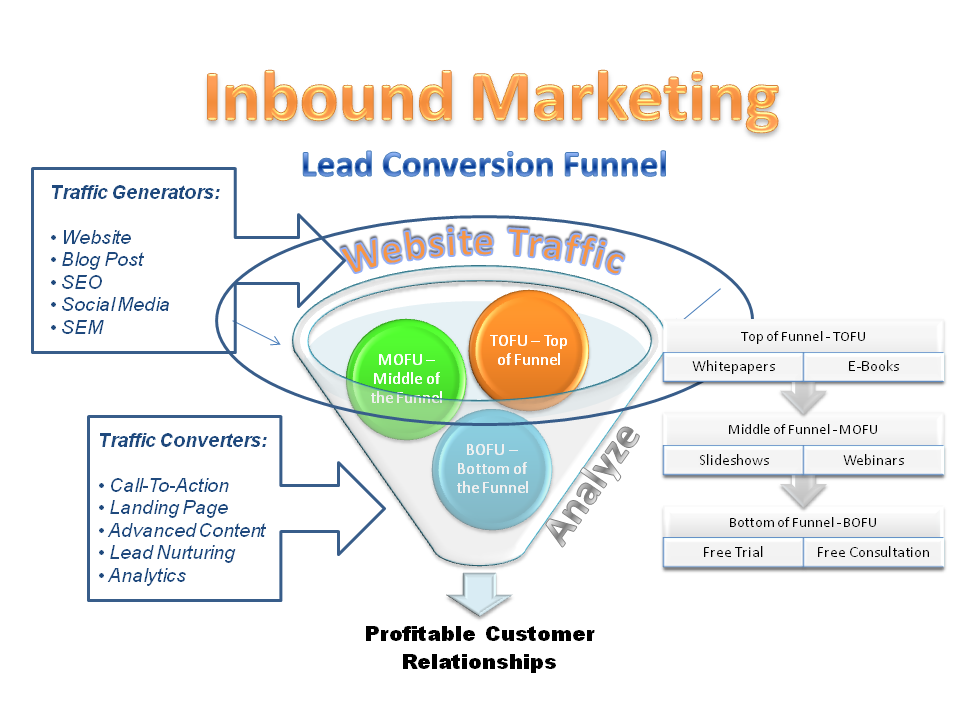
All the little details that go into making a website can be what turns up potential customers into loyal ones. For example, a positive purchase experience creates a sense of delight fr website visitors, turning potential customers into loyal and prodigious brand advocates. The careful attention to detail you put into your website will make it so that people who visit are delighted. They’ll feel like they found what’s missing from their lives and become loyal customers of yours as well, spreading the word about how great this company is!
Why does your eCommerce business need inbound marketing?
As a business, it is important to keep up with the changing demands of your customers and what they want & what they need. As few as five years ago, many people thought that eCommerce sites were enough for generating revenue but today’s landscape has significantly more complexity.
In addition to customer needs, consider recent changes in consumer behaviour. As few as five years ago, businesses could create an eCommerce site and watch the revenue roll right off their noses with little effort required from them at all! Although this approach isn’t completely outdated today’s landscape is significantly more complicated due primarily (with a dash of luck) because consumers are purchasing products not just from traditional brick-and retail locations but also on platforms such as Amazon, Facebook, eBay, Instagram, and even Whatsapp.
An omnichannel world means you’ll never know if your potential customers might be looking over what it would have taken for them actually buy something until after they’ve already clicked “buy.”
These days, it’s not just about what your customers want. What they also need is a solution that meets their changing needs and preferences in an ever-changing market landscape with mobile taking 54% ($659 billion) of all online sales by 2021!
In this era where everything happens through our smartphones or tablets (omnichannel), you can’t afford to ignore how consumers interact across channels – so plan accordingly but don’t be afraid or even surprised if things change again within five years as we expect these trends will continue till 2030. Moreover, an increasing number of people are using voice assistants like Google Home or Amazon Echo.
In order not to be left behind when others are taking advantage of these trends businesses need an updated approach that encourages innovation while solving problems faced daily like inventory management – something Shopify excels at!
Let’s talk about inbound marketing strategies
The inbound marketing strategies listed below are not the only ways to market an online store, but they have been proven by many successful businesses as one of their most effective alternatives. What are they? Let’s take a look.
1) Have a killer website
When it comes to where you should sell your products online, there are really only two options: a marketplace and creating your own website. While each option has its benefits – we believe businesses serious about eCommerce need their very own site if they want maximum exposure on the web!
When you sell your products on a marketplace, they are listed in a generic way. From character limits or word count restrictions to logo usage, there is little room for customization and branding with most platforms that feature these types of marketplaces such as Amazon Prime’s FBA service (fulfilled-by-Amazon). In fact, this lack can make it nearly impossible to build brand awareness among visitors who purchase from those listing their goods online rather than themselves. This lack of personalization can make it difficult for a small business owner who wants their brand recognition among buyers because those who purchase from these sites will remember the company instead of YOU! Though that may not always be the case since some individuals will recognize reputable sellers before deciding where they want to visit next time around if only because so many people trust what others have said about certain vendors’ quality.
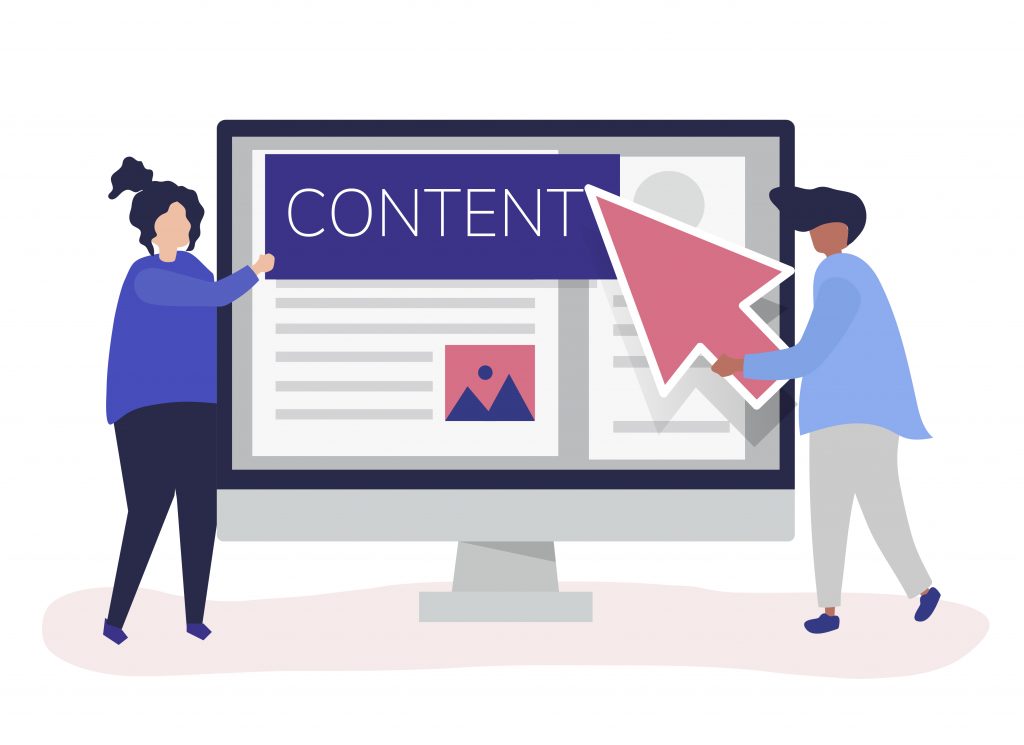
2) Create an Ideal Buyer Persona (IBP)
An ideal buyer persona is a marketing term that describes the characteristics of an individual or business that would be most likely to purchase your product. Identifying these traits will help you create marketing campaigns, sales materials, and other marketing collateral that appeals directly to people who are most likely to buy your products. Think about what gets someone’s attention at work – is it marketing that speaks to them as a person or marketing that targets their position in the company? Think about who tends not only to notice advertisements – but also responds well enough for companies like yours?
A great example would be how businesses identify their niche market when advertising products or services; this allows companies that specialize more heavily within one section than others can affordably cater exclusively to too many customer types without diluting resources between all sections. A common strategy employed by marketers, though not always successful at first glance. A lot of us have problems paying attention outside our own work environment – so why don’t we focus more energy there instead by using creative approaches such as advertising targeted at those individuals within different levels at the company (i.e., top executives).
3) Create shoppable posts
Instagram is a powerful tool for connecting with customers and building your brand. With shoppable posts, you can now sell products directly from Instagram without having to leave the app! All it takes are some simple steps: connect an account on Facebook where catalogs of all kinds will appear (you don’t need an actual store), tag any item in one of these posts so followers know exactly what they’re looking at; when someone follows their interest under “What’s This?” then there’ll be no guessing game involved – the product has already been identified as being relevant by its connection via linked accounts which makes shopping easy as pie thus resulting in increased traffic rates because people do not have search endlessly trying to find the product of interest. This increases the number of inbound visitors to your [Instagram] store and provides a seamless user experience for shoppers by making them click through and complete purchases from Facebook catalogs that are connected with their accounts.
It is important for businesses like yours who want to increase online sales opportunities using this new feature to start off small at first without overloading people’s feeds or following lists with too many tagged items about one specific product line upfront (for example everything related just says “shirts”). Set goals within reason such as maybe only having 5-10 tags per post max until you see how things go.
4) Personalize your content
Amazon and Netflix are leading the way in content personalization, but it’s not just these giant companies that need to adopt this trend. As a matter of fact, every eCommerce store should consider how they can make their products more relevant for buyers so potential customers will want them instead of someone else’s goods or services! Companies who are not already utilizing this powerful eCommerce marketing tactic should consider content personalization as one of their strongest inbound tactics. According to an independent study conducted by Adobe, 72% of respondents said that they only engage with personalized messages tailored specifically for them and other people like themselves have also shown high-interest rates on these types of campaigns which shows just how effective it can be!
Personalization means being able to influence your customer’s omnichannel experience in ways that cater to them even more specifically. The end goal is for you as a business owner, retailer, or marketer of any kind – whether it be online or offline-to have a piece of intimate knowledge on how customers use different channels throughout their buying process and then provide what they need when appropriate instead; this will help cultivate loyalty through increased engagement with the company over time due not only by us catering our product/service selection at specific times, but also adapting products accordingly because we know firsthand just where changes should happen based off recent trends!
5) RACE your customers
Our members at ZapInventory are using RACE (Reach, Act, Convert, Engage) to manage their inbound e-commerce retail activity. This framework enables managers and marketers to integrate strategies across the customer lifecycle of reach, act (new customers), convert current visitors into loyal buyers while also engaging with them throughout all stages – from lead generation through retention. In today’s world where ROI can sometimes feel like a moving target for many companies trying new things on an ongoing basis; one thing that has been seen common among those who have been successful so far is an ability not only to identify key metrics but set goals based off these numbers as well.
RACE – the Retail Acronym. This framework enables retailers to create customer experiences that are tailored for each stage in their journey with brands, from reach and engagement all way through conversion until they’ve made a purchase or generated leads! It has empowered managers as they develop comprehensive marketing plans across various stages of a consumer’s journey on an online marketplace such as Amazon so that it can be tailored perfectly according to what needs at each stage.
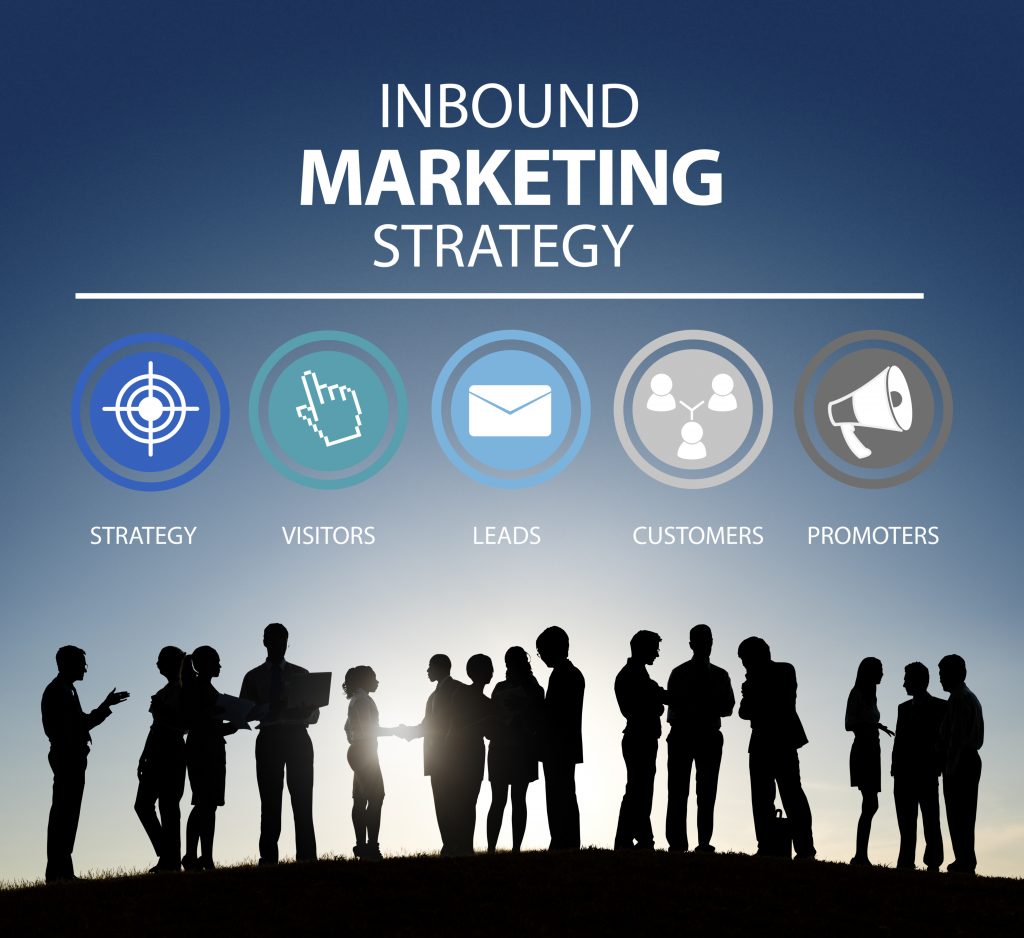
6) Social Media is powerful
The days when a company could just rely on its website are long gone. One of the most important things a brand can do for its business is to build an engaged and loyal customer base through social media. As amazing as this sounds, there are limitations when doing so – oftentimes you’re limited in who sees what because some people don’t know about your products or services yet! With an engaged social media following, it’s easy to get more people aware of what they have going for them and interested in checking out the product or services offered by your business!
Social media is a fantastic way to boost brand engagement and loyalty, but it has one big limitation: For the most part, your reach will be limited to only those who are already aware of you. As more people turn away from traditional advertising, methods like TV commercials or print newspapers in favour of online sources such as Facebook posts that engage their followers quickly without breaking any budgets – reaching audiences ten times larger than before – many businesses have turned towards this channel because they know what damage lacklustre content can do with keeping up on trends could mean falling behind if competitors get ahead.
Build up your social following and engage with them to drive traffic back in-store through increased loyalty. It does have the benefits of boosting engagement rates across platforms. The tone and personality of your company should be consistent through social media because it’s what will create trust with the audience. In order to develop, maintain or build a strong brand recognition you need a team that is on the same page when creating communication styles for outreach efforts. What matters most are two words: awareness and frequency. If we want more eyes on our products online we must centre our efforts around these elements.
7) Create video content
Video content is the way to go! Video content is becoming more popular on eCommerce sites as search engine rankings for video increase. This means that if you’re looking to rank high in your niche, a product review or tutorial series might be just what’s needed! It can be daunting to try and do video eCommerce content, but video eCommerce content can be a great investment for your company and the search engines love it too. Whether you want to appear on camera or just invest in some basic equipment like a microphone, a lighting kit-up front will help build trust with customers who are looking at video reviews before they buy.
The videos don’t always have to be professionally shot either! It’s could be a good idea for product owners like yourself who are trying their hand at content marketing. You can get by with what is considered “minimal” with some creative thinking and creativity in post-production – or if you have the budget, better yet hire videographers as doing so will make things easier on everyone involved. A lot of people think that high-quality video requires expensive equipment; however, it doesn’t matter whether the footage being captured was taken by professional camera operators using top-notch gear…or if you’re filming your own individual vlogs (video blogs). The most important thing here really comes down to detail-oriented editing which allows viewers’ eyes to move comfortably across every screen without any hindrance. Make sure to shoot in great lighting (it can make all the difference), capture the essentials of your product and edit it intelligently to make it stand out.
8) Leverage marketing automation
The key to successful eCommerce marketing is automation. It’s not about having the perfect product or sales letters, it’s all about creating an automated nurturing campaign that will be triggered in certain situations and only require minimal work from you upfront so long as your software supports this feature! Equally, the art of eCommerce marketing is not just about making sales, it’s also important to cultivate an engaged audience. If you use automation tools such as HubSpot or Mailchimp for your mailing list campaigns they can help keep in touch with customers who may have moved on from one product but still want any other related items that come across their radar without having the hassle yourself!
Some common examples of this are:
- Abandoned cart emails – Abandoned carts are the best way to reach people who have put items in their shopping cart but didn’t complete a purchase. A smart abandoned-cart email strategy will yield tremendous ROI for your business!
- Welcome emails – It’s important to make your first impression count! A welcome email sequence can help forge a connection with potential customers and create an emotional bond that makes them more likely of opening future emails.
- Topic based campaigns – Send automated campaigns tailored specifically towards downloadable content like ebooks, where you can share related posts or offer discounts on what interests they may have expressed online. The benefit? You don’t need expensive TV commercials – just automate existing strategies!
9) Influence with influencer marketing
The only thing better than a good product is the rave reviews from an influencer. Influencers use their social following and expertise in niche markets to make recommendations that are trusted across channels, leading potential customers into believing your brand has exactly what they need! Influencer marketing is a form of social media that uses the power and influence of influencers. These individuals have built up trust with their followers, which are seen as experts within certain niches due to them having dedicated followings themselves; this makes it easier for customers to look into making purchase decisions because there’s strong evidence provided by these influential people who recommend your brand over others. influencers are a great way to get people talking about your product. Setting up an influencer program takes careful planning and targeting, but it can pay off in no time!
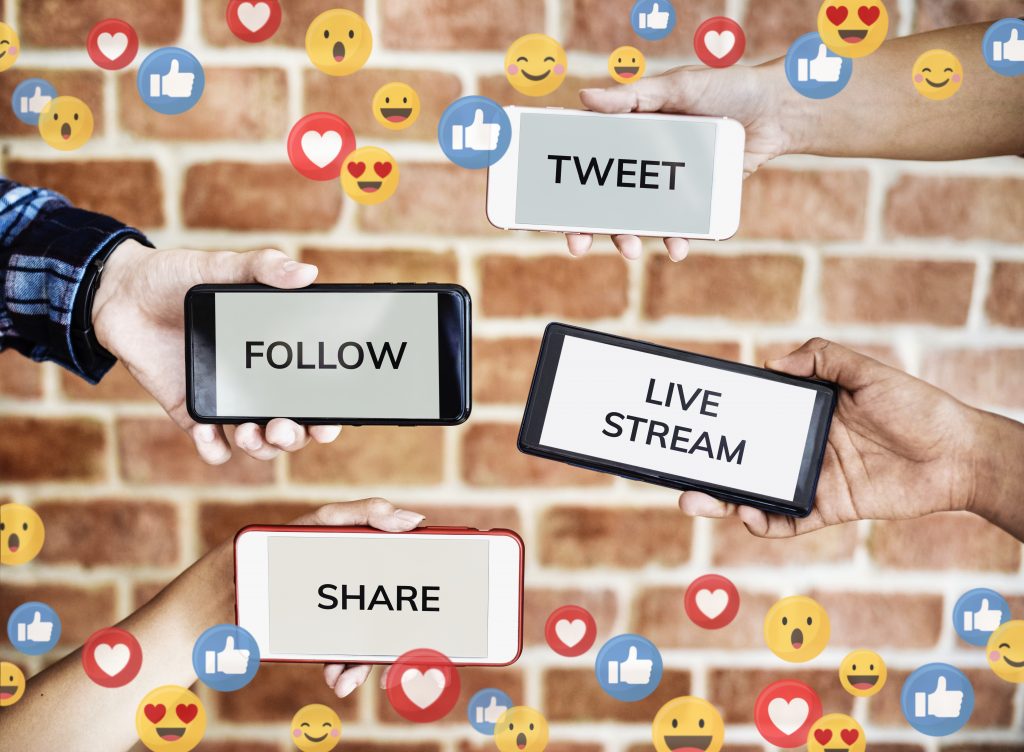
Here are 5 quick steps on getting started on influencer marketing:
- Find the right influencers and how much you would pay them
- Develop a budget and management strategy
- Decide on your goals and messaging carefully
- Start reaching out to the influencers and connecting
- Review and make necessary adjustments to your strategy
10) Employ Paid channels
While a lot of advertising activity can be classified as an outbound approach, there are search-intent tactics for PPC digital marketers to improve their eCommerce inbound marketing mix. Since this form of Marketing comes into play when users look up your products on Google or other engines then it makes sense that you take advantage by directing them straight towards content which answers any questions they might have about what we offer at our company – not too different from how SEO works either way!
What if you could reach out to people with very high purchase intent at the moment of search? It’s possible. The vast majority (85%) of online shoppers in America are looking for products they need now, but not all visitors will buy right away – many may be researchers who plan on buying later or just want information about what is available first-hand without wasting time on web sites already well covered by competitors’ websites. So what do? Retargeting is one way; it can be used as an extra opportunity to reach out with ads or email campaigns when consumers visit your site after searching from their search engines, but before they have decided whether or not they want anything from there in general. It is a common practice in advertising that allows companies to reach out and re-engage visitors who have been previously targeted with personalized content or ads. For example, if someone searches for “jewelry” but does not immediately buy something from your store once they arrive on site then you would want them redirected back towards products related specifically at the moment of their search so as to increase conversion rates!
11) Give social proof
Our social nature is an essential part of what makes us human. From the dawn of our existence, humans have been intensely social creatures concerned with how other people feel about them and their community; this includes being inclined to trust something when someone else likes it or not at all if nobody around you does either way trusting your judgment on taste alone (or even just thinking hard). As marketers know well – especially those working online where customer reviews are so important – leveraging a company’s “social proof” can go miles in convincing consumers that your store has good products worth buying!
When we talk about eCommerce social proof, it’s anything that indicates the value in your product is really for other people. This makes them more likely to believe you and find out how much better things can be with what everyone has been talking about. It also encourages shoppers and convinces them to find you more trustworthy than others with similar products on offer at the same time as well-made or better quality for less money. There are many types of these online interactions: reviews from happy clients who have already tried something on their own; pictures proving success stories like weight loss after using this beauty treatment because those were shown before-and-after shots side by side. In order not only to speak directly at consumers but also provide convincing evidence as well, marketers need to look no further than “social”.
12) Market and then remarket
One of the most effective ways to market your company is through email retargeting. It’s like PPC for people who abandoned their carts or put items on a site before leaving without buying anything, and it can bring in some serious money! This is where eCommerce retargeting comes in: as an extension of your abandoned cart email campaign, it’s arguably some of the most effective money you can throw at marketing with regards to return on ad spend (ROAS). A re-targeting platform will show ads even after someone has already seen them or visited your site, even if they clicked away before finishing shopping!
Ecommerce retargeting is an effective way to reach potential customers who have already seen your ad, visited the site, and added items into their cart before clicking away. Studies show this kind of marketing can result in a lot more sales than traditional forms like TV ads or print brochures because it’s personal enough for people not to feel intimidated by other brands pushing similar products onto them while also being cost-effective. Retargeting is the most effective form of digital advertising, and it’s getting more popular by the day. A recent study found that 60% per cent of shoppers are willing to add an online store they were previously browsing if there was an opportunity for purchase in those pages!
One of the keys to successful eCommerce PPC is reaching out and finding cold audiences that have never heard about your brand before. A good retargeting strategy for this type of audience should include dynamic ads in Google Shopping feeds, as it will help reach people with products they might be interested in buying right away – instead of waiting on their cluttered inboxes where you’re just one more message among many others vying for attention.
13) Don’t forget to optimize!
No matter how good a strategy your build, or campaigns you set up, you need to be on your feet and constantly optimize them, modifying them with the demand. In today’s dynamic world, things are ever-changing and you can’t hold on to the same approach for too long. What was relevant yesterday, is obsolete today; and what is trending today will be buried away tomorrow. In order to ensure that you don’t miss out, you need to optimize your campaigns and monetize on the trend.
While optimizing, look at the basics – identify the elements that are working for you. This could be the channel, the creative collaterals, the content, the product, the offers, etc. Brainstorm ways you can take this up a niche and make it even better. But don’t stop there. More importantly, as critically, look at what’s not working so well. Once you have highlighted those, you will have to decide if you should work on making them better, or just simply do away with them. In the process, you might want to look at what your contemporaries are doing, and what kind of results they have been getting. Make sure you have your goals set, along with your priorities all through the process.
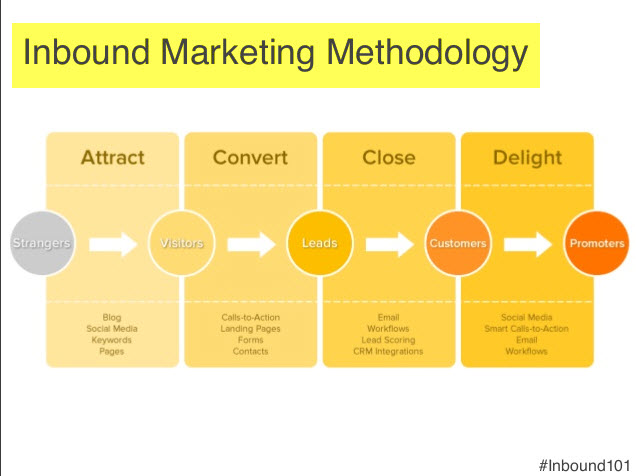
Conclusion
It’s easy to get caught up in the latest, most popular marketing strategies. But if your e-commerce store isn’t targeting a specific audience with carefully thought out messages then you could be wasting money on ineffective tactics that won’t bring about desired results!
If you are an eCommerce business, these marketing strategies should be good to get the ball rolling. However, a very important aspect for businesses big and small is inventory management. As trivial as it may seem, a good inventory management software can take a huge burden off of you. Check out ZapInventory, one of the most preferred and consecutive award-winning software that helps you manage your inventory efficiently, and without burning a hole in your pocket! What’s better is that the FREE trial gives you access to all of its amazing features and lets you get a hang of the tool to get you up and running in no time. Schedule a call with us to get started!
 Start using ZapInventory today
Start using ZapInventory today
